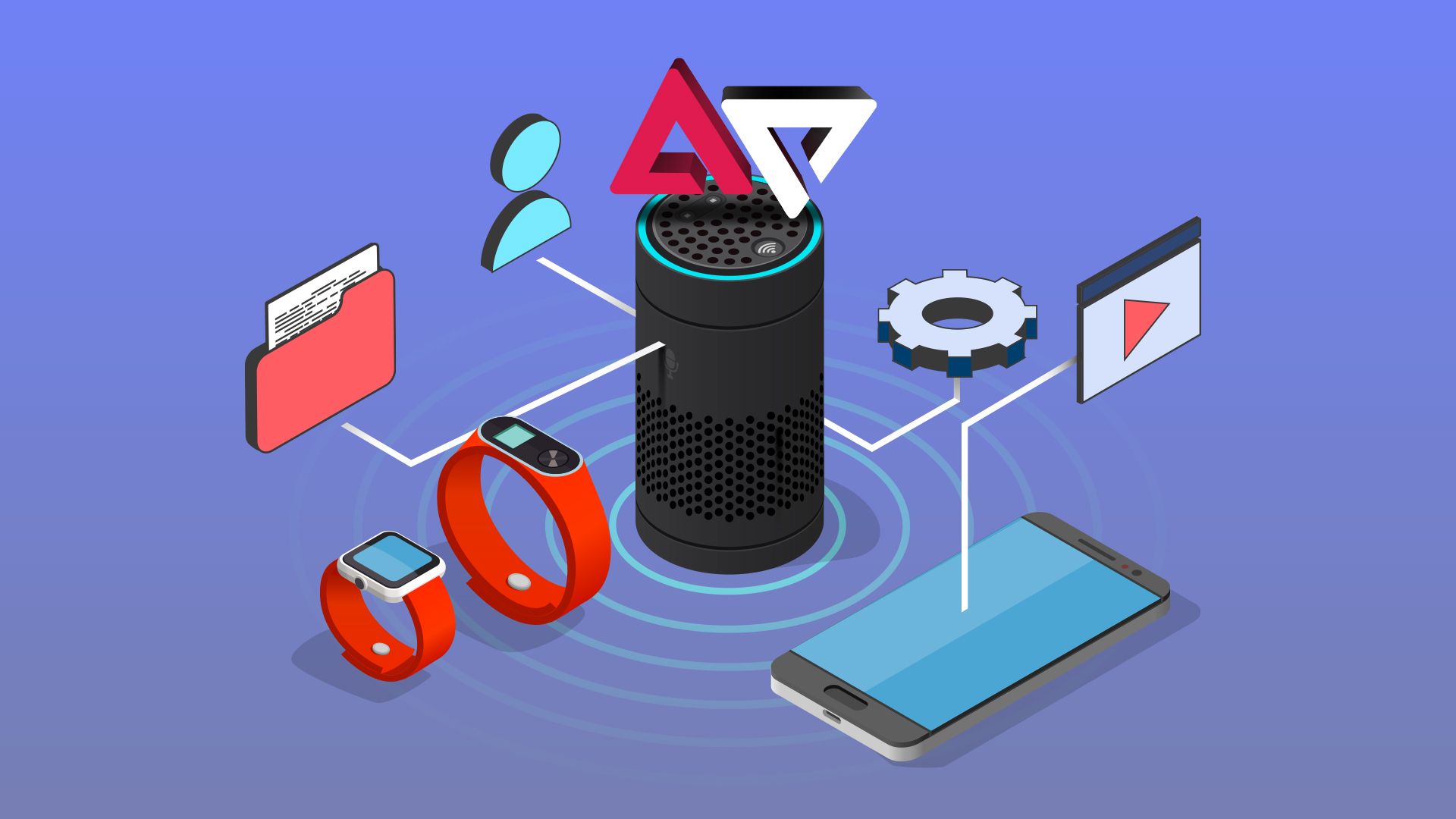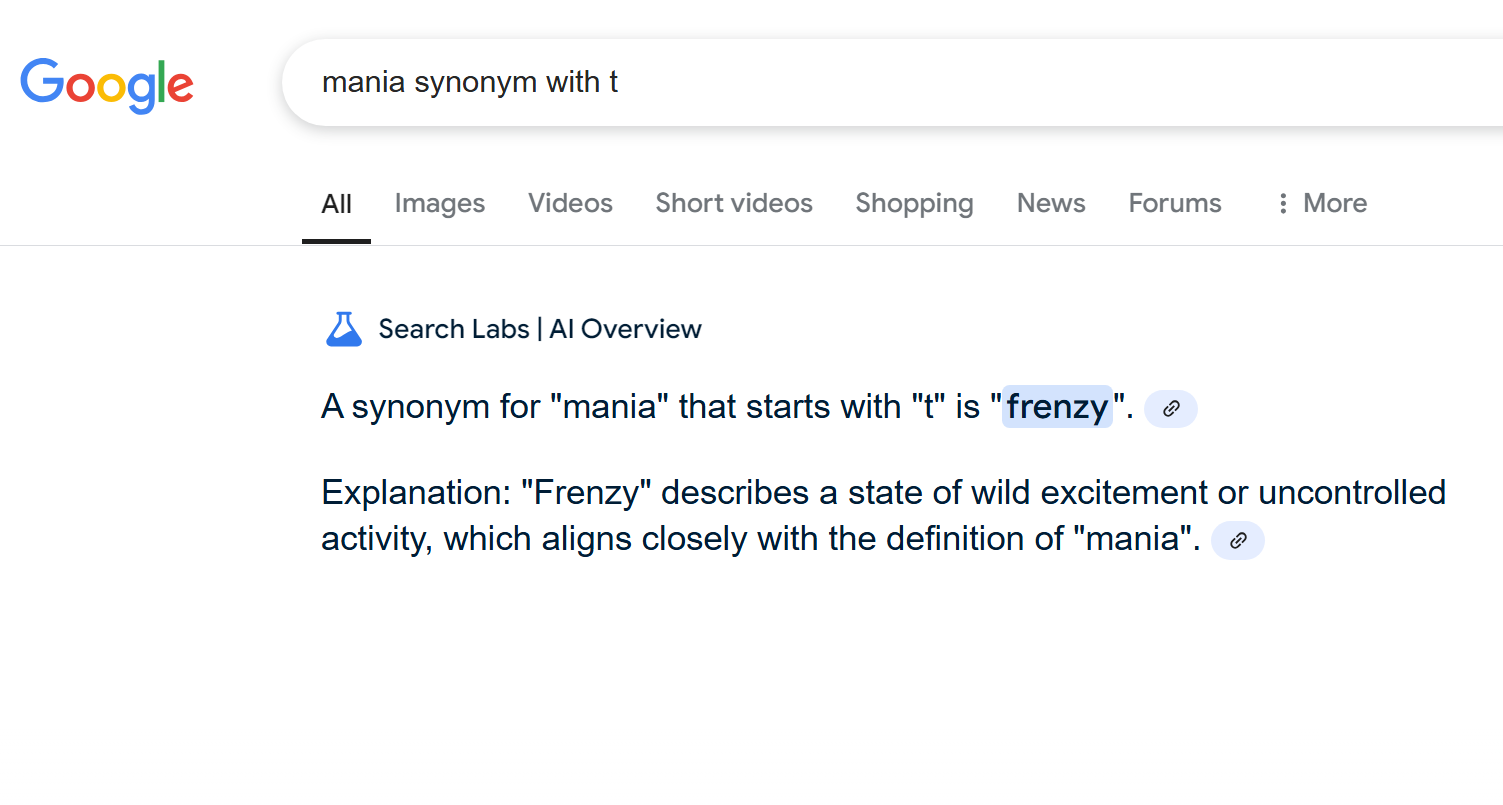Summary
- Google Translate is testing a new AI-rich interface for more accurate translations and language tools.
- The revamped, busier UI offers multiple potential translations based on context, and tools like regional dialect finding.
- Experts and consumers worry about reliability given generative AI’s unpredictability, despite ongoing advancements.
Anybody who’s spent time outside the bubble of languages they grew up with knows how significant a language barrier can be. It’s one of the reasons Google Translate has always been one of the most popular apps in an increasingly connected, global society. Its straightforward layout and generally reliable results make it consistently useful, even though it doesn’t offer many in-depth features or advanced interpretations.
In an effort to deliver more of those features and interpretations, Google is testing a new interface for the Translate app that integrates a significant number of AI tools. Early screenshots from an APK teardown show expanded versatility like quick access to regional dialects, and a list of potentially correct translations instead of just a single answer. But one thing’s missing that a lot of users might miss: the UI replaces the app’s hallmark simplicity with a relatively busy slate of buttons, lists, and AI features (Source: Assemble Debug on Android Authority).
Fixing what isn’t exactly broken
Google Translate is not DuoLingo
Translation software has utilized language models since long before OpenAI kicked off today’s AI craze with the all-encompassing LLM chatbot ChatGPT in 2022. But the increase in large-scale dataset training, generative AI model capability, and AI’s general industry viability has introduced quite a few interesting wrinkles to the process of translating written word.
To put those developments to better use, Google’s testing a revamped UI that puts less emphasis on providing a single, supposedly correct result. Instead, it looks to incorporate a host of intricate tools. These include a list of potentially correct word translations (rather than just one), complete with context clues, and an “Ask a question” tool that could make it easier to dig into etymology or slang topics.
How the new UI stacks up against the current layout. Screenshots courtesy of Assemble Debug of Android Authority.
Easy access to extensive background information and varying regional dialects makes perfect sense in a translation app, and can clearly benefit Google’s. Then there are updates like the recently spotted Practice feature. It’s unclear exactly how closely Google intends to mimic (for example) DuoLingo’s gamified language learning approach.
New users may not exactly line up for foreign language courses through a small feature on what’s historically a utilitarian tool that helps people find the bathroom while on vacation. Longtime users such as myself are even less likely to use a Google Translate Practice course — and it’s actually the only change made to the app’s landing page.
As useful as some of these AI tools may prove, the ability to navigate Google Translate in a flash, while barely ever glancing at the screen, is one of the reasons travelers use it so frequently. Thankfully, the landing page staying mostly the same means it could retain some of that convenience. And while needing an extra few seconds to skim a list of potential translations does add a little friction, it’s not the only problem.
What the upcoming Regional variants and Ask a question tools could look like. Credit to Assemble Debug of Android Authority.
The biggest worry among experts and consumers, as Android Authority rightly points out, is generative AI’s general unreliability. Sure, LLMs, general AI models, and all the related chatbots are constantly getting better. But there’s still a lack of trust between users and the machine. Garnishing a longtime beloved app with a wide set of AI-forward features could add significant value for Google Translate. It could also invent a verb conjugation, lure users to speak to foreign officials using informal (and therefore possibly insulting) language, or mix up basic information like addresses, phone numbers, or the current year.
Here’s hoping Google Translate’s upcoming AI upgrade uses its powers for good and doesn’t stir up any overseas vacation faux pas or impolite international incidents.




